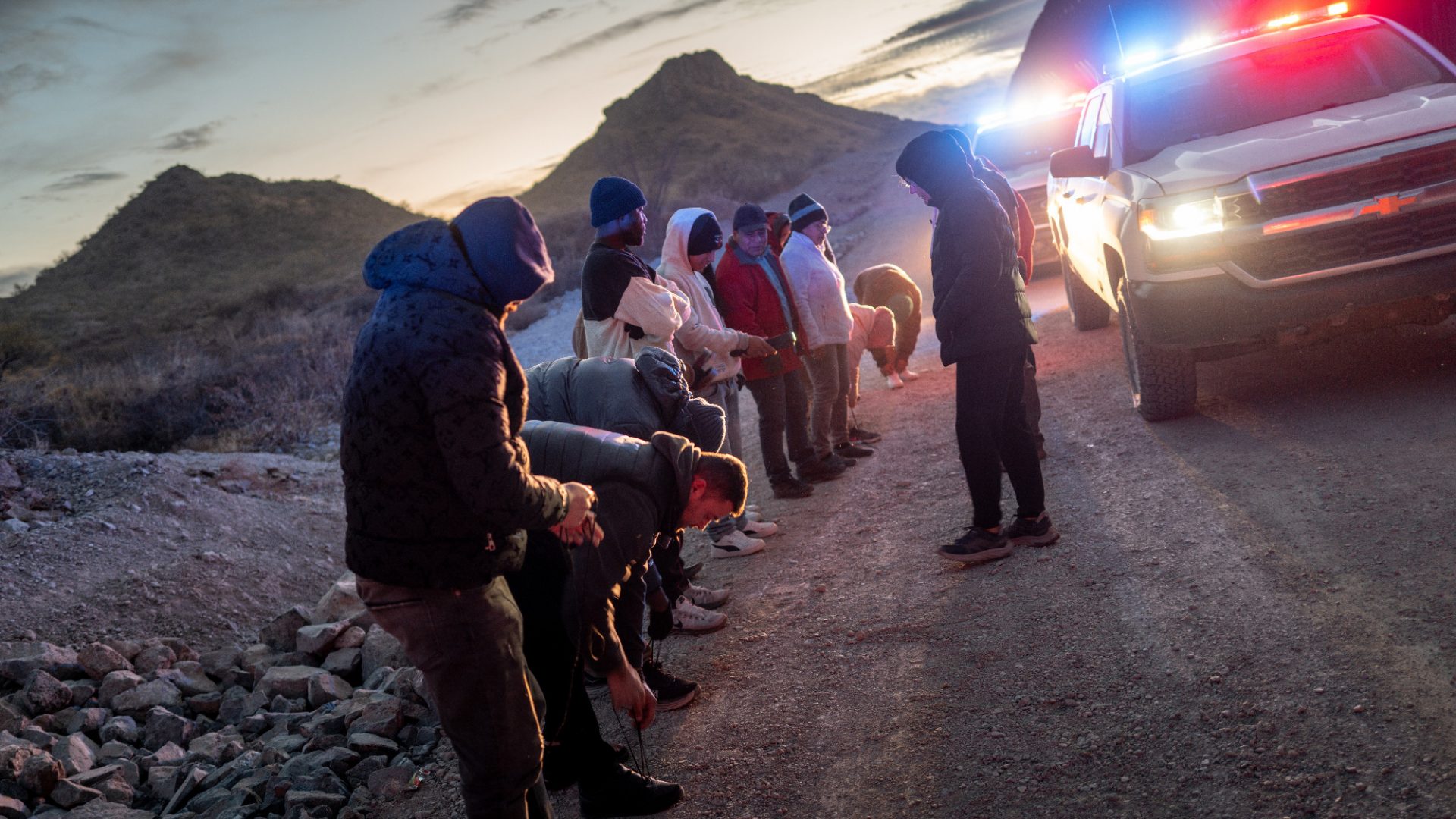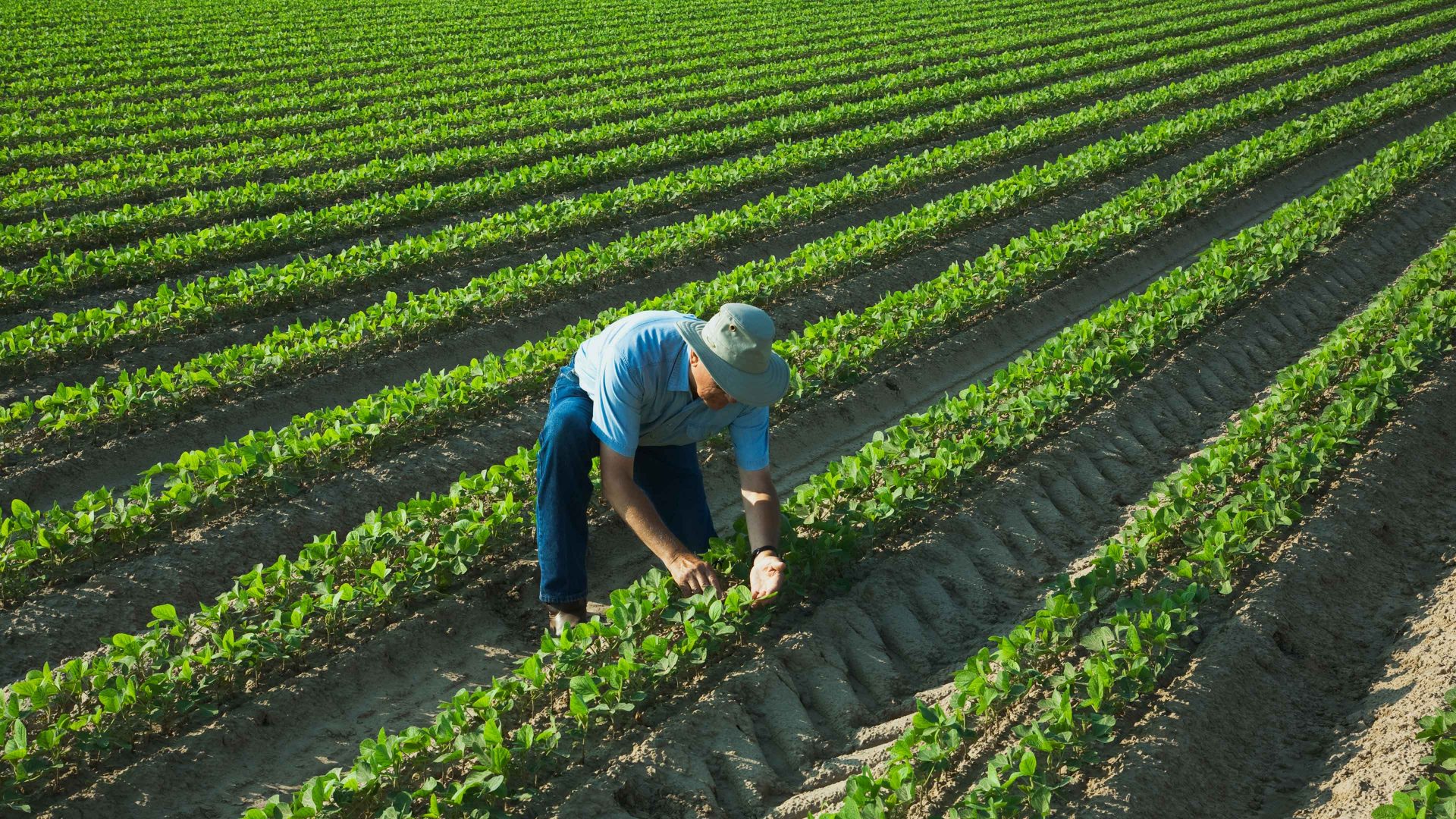Outside Angie’s Comida on the Honduras side of Guatemala’s Caribbean border, trucks queueing to load up with bananas belch out diesel fumes.
The congestion that stretches for miles over the frontier up to the bustling cargo port of Puerto Barrios is a sign that the two countries’ $1.4bn annual banana export trade remains brisk, despite Donald Trump’s imposition of a 10% tariff.
Meanwhile, another trade which for years has provided illicit income for the hawkers, traffickers and moneychangers who prowl alongside the dusty road has vanished.
Up until a year ago, this was a key transit point for the migrant caravans edging tentatively towards a better life in the United States. In 2022, a group of 600 people, many refugees from Honduras and Nicaragua fleeing poverty and hurricane damage, were blocked by police here in Corinto. The tense stand-off attracted global attention.
Today, the black-market economy of extorting migrants feels remote. Sitting at an outdoor table sipping watery coffee, I watch as local teenagers on bicycles swerve between trucks, trying to sell stuff to bored drivers.
“There used to be so many families here trying to get to the US,” José, another customer at the cafe, tells me. “That has stopped completely now. Since Trump got in, no one wants to take the risk.”
In 2023, the United Nations estimated that more than half a million people migrated through Central America, probably closer to a million, as so many were undocumented. Their journeys were fraught with danger, starting out at the treacherous Darien Gap in Panama.
This year, that desperate stream of human beings willing to risk all for a chance in the Land of the Free has slowed to a trickle. In the first six months of this year, only about 2,000 US-bound migrants have come through Guatemala.
That statistic represents at least a 99.6% reduction in numbers, a clear indicator of the Trump effect.
Suggested Reading


Trump’s private army
The US president, of course, would consider the sharp decline a testament to his mighty power. Those working with refugees may say otherwise; according to Transparency International’s latest annual index, corruption and persecution are still rife in most of the countries of origin.
The humanitarian organisation Médecins Sans Frontières (MSF) has responded to the changing migration pattern by closing its primary care base in Esquipulas, another main crossing point on Guatemala’s border with Honduras.
Until recently, the need was constant, with staff providing medical and psychological care, shelter and protection for some who had survived sexual violence on the route. This year, that need has gone.
“When we opened the migration project itself, it was very much a humanitarian crisis,” says Hunter Keys, who works at the organisation’s other facility for migrants in Tecun Uman, on the frontier with Mexico. “Now, given the changes in the migrant flow, we’re really having to evaluate where the needs are,” he tells me. “Since the peak of our activities in Tecun Uman in the middle part of last year, there has been a dramatic decline across the whole Central American corridor.”
The Trump effect in Guatemala is also being felt in other ways that are less immediately visible. Since he returned to the White House, Guatemalans have been among the highest proportion of deportees put on flights by Immigration and Customs Enforcement (ICE) officers.
Many who were left in limbo in Mexico, realising access to the American Dream is currently denied, have also applied for a voluntary return through the United Nations’ International Organization for Migration (IOM).
This year traffic has mostly been in a southbound direction, with the IOM in Mexico reporting a three-fold increase in requests for assistance with returning home in the first two months of this year.
Added to this complicated picture is the yet unknown impact of Trump’s dismantling of the United States Agency for International Development (USAID) on Guatemala, which from 2001-24 received $2.4bn in assistance.
“We expect there to be huge gaps and needs in the way that’s going to unfold in the months ahead,” adds Hunter. “That’s coupled to a longer-standing crisis of malnutrition in the breadbaskets of Guatemala.
“So, migration is not just going to stop. Just because the numbers of people are in decline, it doesn’t mean that migration itself is not happening. It’s just how people are going to make choices and where they’re going to go is changing.”
Peering back to the customs buildings, I notice heavily armed police officers chatting idly, cradling their semi-automatic weapons in their laps, as they watch the stop-start movements of the banana trucks.
Tom Parry is an international freelance journalist



